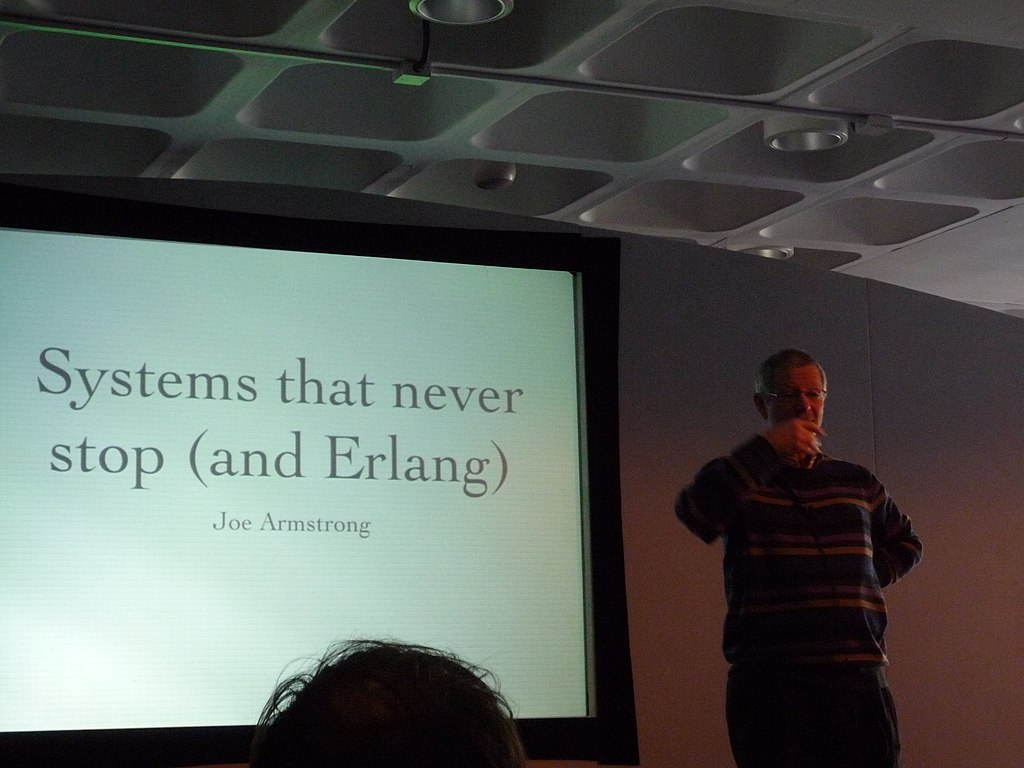The measured response of cell population is often delayed relative to drug injection, and individuals in a population have a specific age distribution. Common approaches for describing the delay are to apply transit compartment models (TCMs). This model reflects that all damaged cells caused by drugs suffer transition processes, resulting in death. In this study, we present an extended TCM using Coxian distribution, one of the phase-type distributions. The cell population attacked by a drug is described via age-structured models. The mortality rate of the damaged cells is expressed by a convolution of drug rate and age density. Then applying to Erlang and Coxian distribution, we derive Erlang TCM, representing the existing model, and Coxian TCMs, reflecting sudden death at all ages. From published data of drug and tumor, delays are compared after parameter estimations in both models. We investigate the dynamical changes according to the number of the compartments. Model robustness and equilibrium analysis are also performed for model validation. Coxian TCM is an extended model considering a realistic case and captures more diverse delays. - READ MORE
By Nature.com
Thu, 16 Jun 2022 07:00:00 GMT





